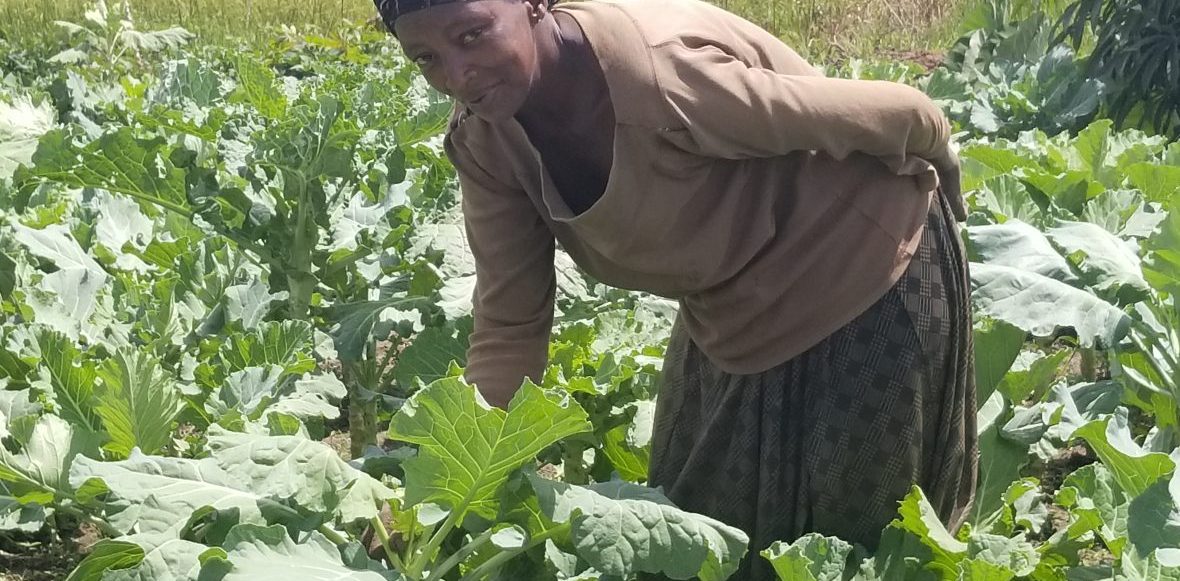
Nakati is one of the vegetables which grows in a variety of soils and can perform for a long period of time compared to other vegetables say, tomatoes and cabbages. This implies that they can be readily available and are sustainable. Nakati requires less labour and is easy to grow because it does not involve a lot of technical agronomic practices. This crop serves a lot of nutrients for example minerals, vitamins A and C which are vital for vision. Due to the above, the QSA beneficiaries need this crop to improve on their diet which will lead to good health. The purpose of this training was to equip the farmers with the knowledge of growing nakati both on large and small scale (kitchen gardens) so as to improve on their diet.
Meaning of GAP, this stands for Good Agronomic Practices. These are the recommended steps which should be followed in order to have improved agricultural produce. These are divided into GAP while in the nursery bed and Gap in the main garden. The practices in the nursery bed include the following;
Nursery bed preparation: where the seeds are sown to enable their germination before transplanting them to the main garden. This should be smooth enough to enable a higher germination percentage. Large/rough soil particles will hinder germination. The bed should be located a water source to ease the process of watering. Soil sterilization should be done in the nursery bed to kill soil borne pests and other disease causing agents which can be harmful to the seeds or seedlings.
Sowing of the seed should be done. Lines should be made in the bed and sowing in line facilitates easy transplanting, avoids overcrowding that could lead to competition for water and nutrients in addition to proper seed rate per bed.
After sowing, watering should be done immediately to provide the seed with enough moisture. Regular watering and monitoring of the bed should be done.
The bed should be covered with grass to reduce on loss of soil moisture through evaporation.
After seed germination, a shade should be constructed running East to West to avoid direct sunlight on to the seedlings which can lead to their drying.
As the seedlings grow hardening off should be done gradually so that the seedlings get acclimatized to the harsh environment.
Transplanting to the main garden should be done after two weeks.
In the main garden the following practices should be conducted
Early field preparation which encompasses primary and secondary planting. During this time all the tree stumps should be removed as these could harbor pests and other disease causing agents that can cause harm to the crops leading to great losses.
Planting in line at a spacing of 10x15cm or 20x20cm depending on the variety or soil fertility.
Weeding should always be done to prevent competition between nakati and weeds for sunlight, water, space and nutrients. This also reduces on chances of pest and disease infestation as some weeds may hour them.
A fertilizer (leaf booster) can be added to enable high yields.
Spray with a recommended pesticide incase leaf eaters show up.
First harvesting can be done at two months. This can continue for five more times.
Achievements
The training was successful
All farmers were ready to establish kitchen gardens
Challenge
The farmers cannot do nakati production on a large scale
Way forward
More training during the process should be conducted especially on pest and disease control.
